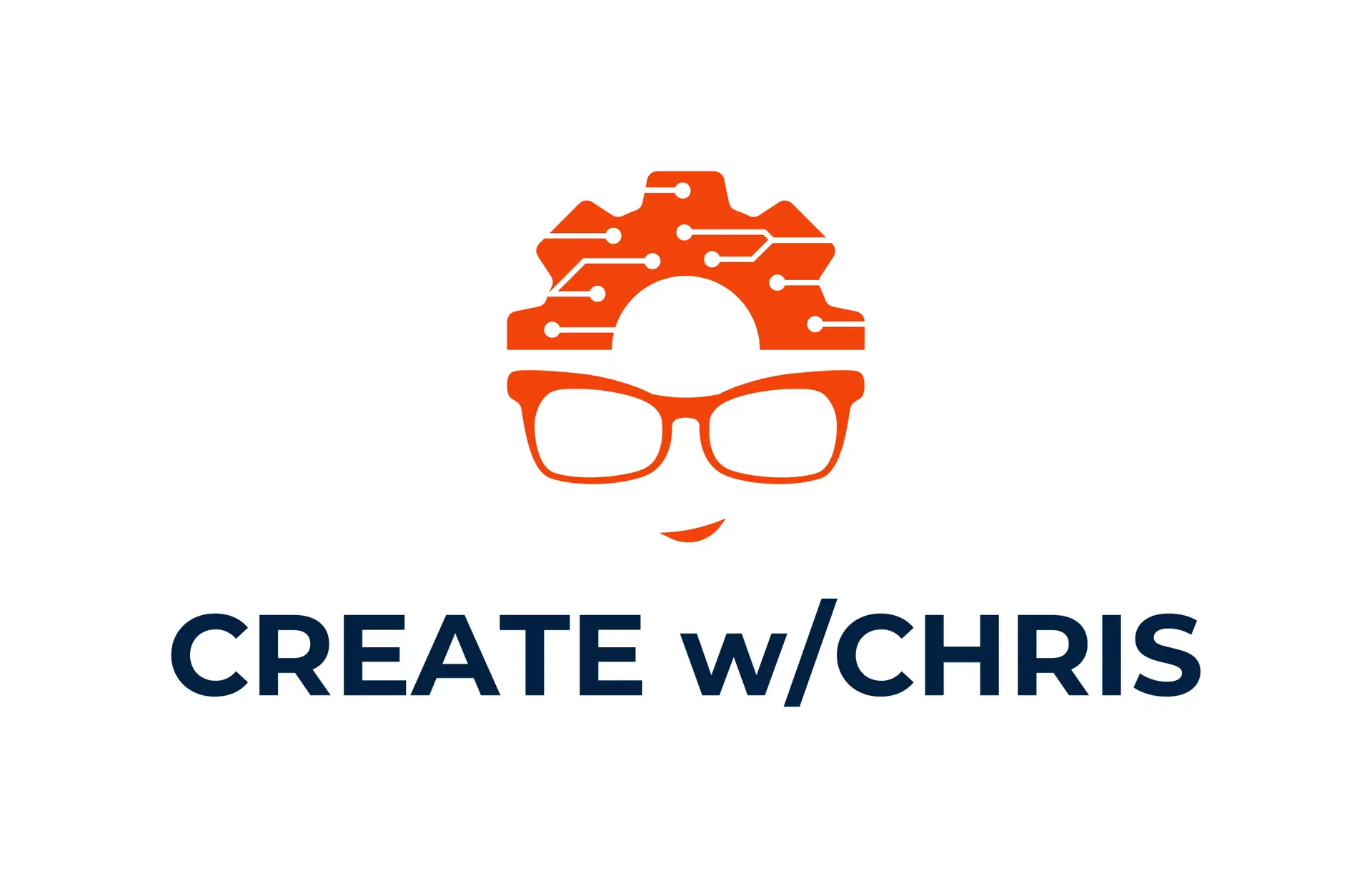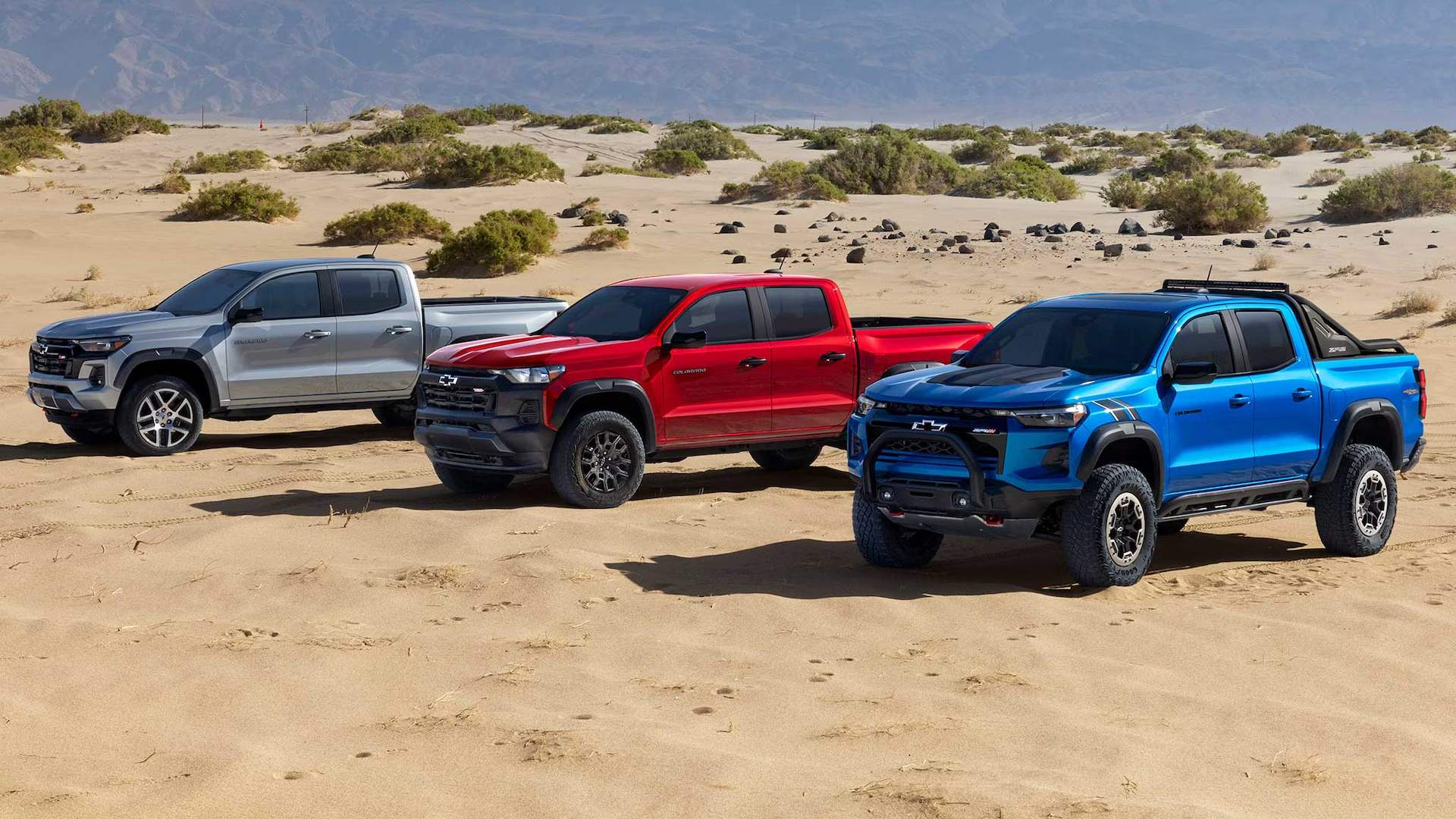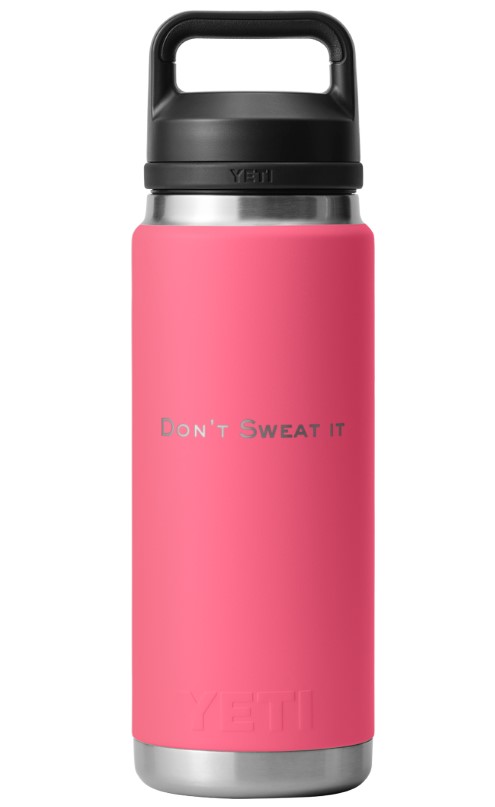I became brand and product manager for Colorado in 2018 after I led initial development of the $100M accessory portfolio for the next generation Colorado and Canyon, one of the largest within GM at the time. To make an accessory portfolio as appealing as possible, accessories should be included in the early phases of development to ensure an OEM portfolio that leads the competition. I made sure to be included from the start in new vehicle development, and drove a holistic accessory and vehicle portfolio that hit at the heart of what target customers want. I remained fiercely in tune with customers to ensure an authentic product direction that drove passion and the bottom line equally.
The Customer
My first vehicle was a GMC Sonoma “Highrider” (Chevrolet S10 ZR2) with a manual transmission. Unlike other full-size pickups, the S10 felt like the do anything, go anywhere play toy…a life size Tonka truck. My friends also had small trucks, Rangers, S10’s, but no Tacomas (growing up in metro-Detroit will do that) and with our freshly minted driver’s licenses, we’d tear all over town on-road and off finding the ultimate freedom that our little trucks enabled us. While I didn’t know it at the time, that love of freedom embodied the small truck segment and attracted customers to it.
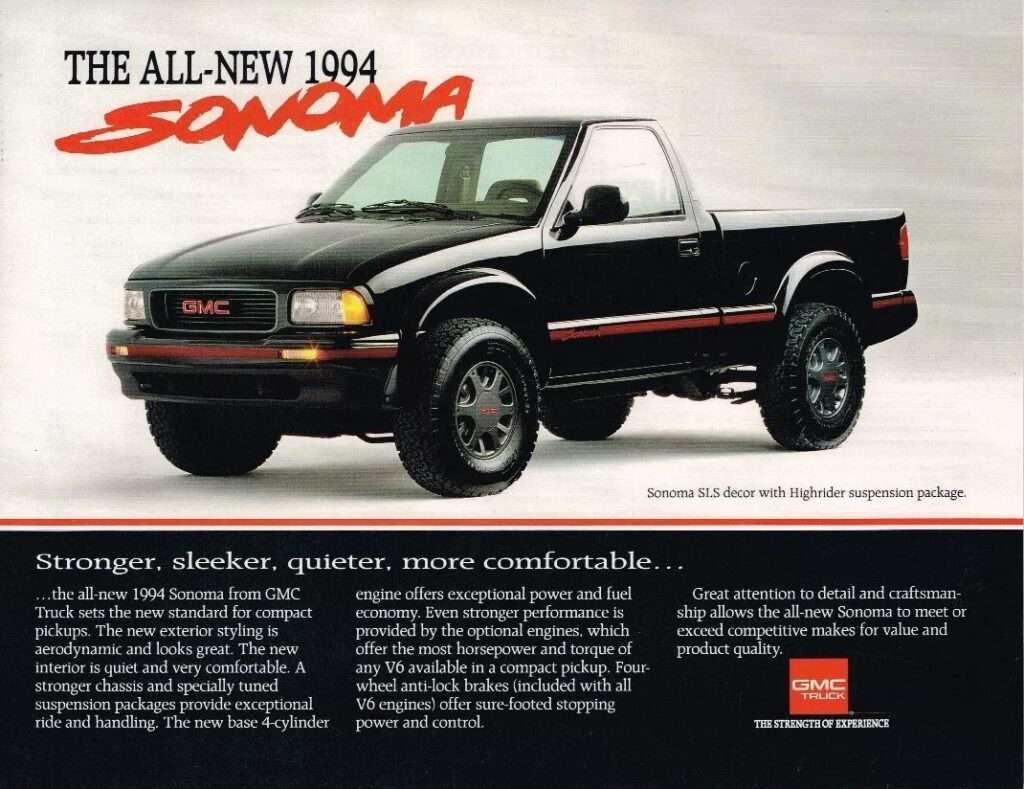
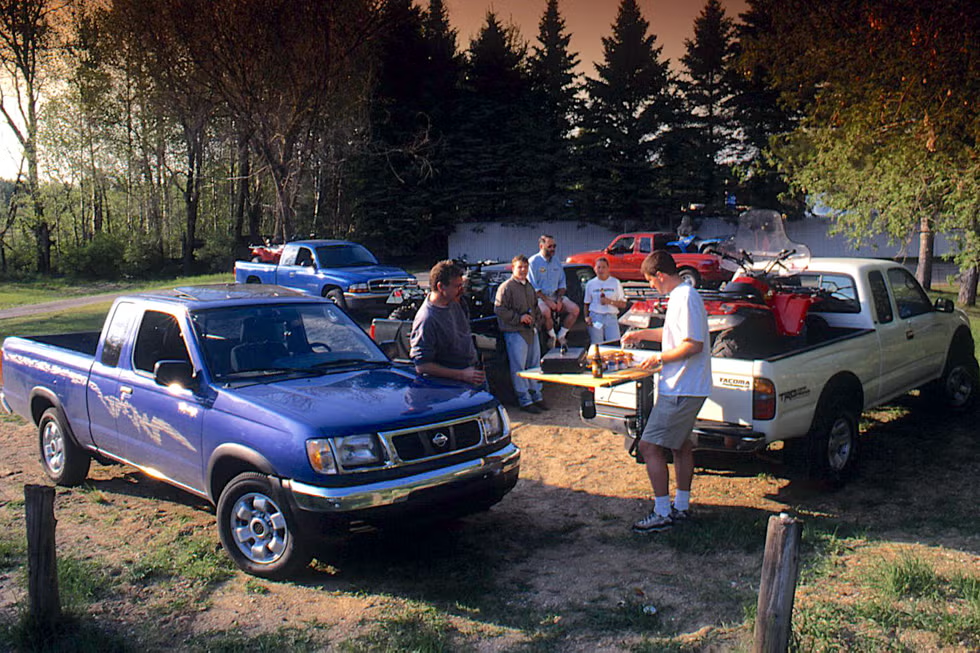
The small/midsize truck segment offerings started to languish through the late 200’s and early 2010s while there was less than obvious demand for the segment. The new Chevrolet Colorado was met with tepid market enthusiasm as it’s unique 5 cylinder engine was underwhelming and build quality left a lot to be desired. It was bigger than the S10, following trends set by the Dodge Dakota and Toyota Tacoma, but lost some of the charm and character that attracted buyers to the smaller rough and tumble S10 as the lifecycle progressed.
Full size trucks were not much more expensive to produce, yet could command a price premium over the midsizers, encouraging OEMs to migrate customers to larger trucks. Bigger is better tends to be the pickup truck buyer’s mantra, and since full size trucks offered more power, capability, and somewhat equal fun potential, migration larger was a no-brainer to OEM brand managers and bean counters alike. In the United States, the Colorado ended production in 2012 without a replacement. The Ford Ranger, which had remained mostly unchanged for 10 years also ceased production in 2012, and the Dodge Dakota has bowed out the year prior. Perhaps they were just casualties of the great recession, which left the segment leading Toyota Tacoma to carry on the midsize truck torch.
But there was a glimmer of hope for the segment. While full size truck volume continued to be strong and seemed to capture orphaned midsize truck buyers, the Colorado had proven successful in markets outside of the United States such as Brazil and Thailand where a second generation truck had started production. GM leadership identified an opportunity to “americanize” the global truck, and in 2014 the 2nd generation 31xxn-1 Colorado returned to the US market. I had just started my first job at General Motors as a market analyst and my responsibilities included overseeing the newly revitalized midsize truck market.
While many brand leaders were skeptical and somewhat concerned that the new Colorado may erode market share gains made by the fullsize truck segments, the opposite happened. The midsize truck segment proved to be incredibly loyal, and all those previous S10, Colorado, Ranger, and Dakota buyers were ready for their next new truck. They waited out of fierce loyalty to their smaller trucks due to maneuverability, convenience (full size trucks don’t fit in all garages) and what I consider to be the happy-go-lucky do anything spirit that smaller trucks embody. Watching the segment rebirth through my data analysis and charts was incredibly exciting, and I loved telling the stories behind the data of customer preferences and decisions.
Establishing that these buyers were loyal to the segment and everything it stood for opened up a lot of opportunity for creativity. By truly knowing and understanding this customer base, we were able to grow the brand while capitalizing on the burgeoning trends of off-road adventure in the mid 2010’s.
Give the customer what they want
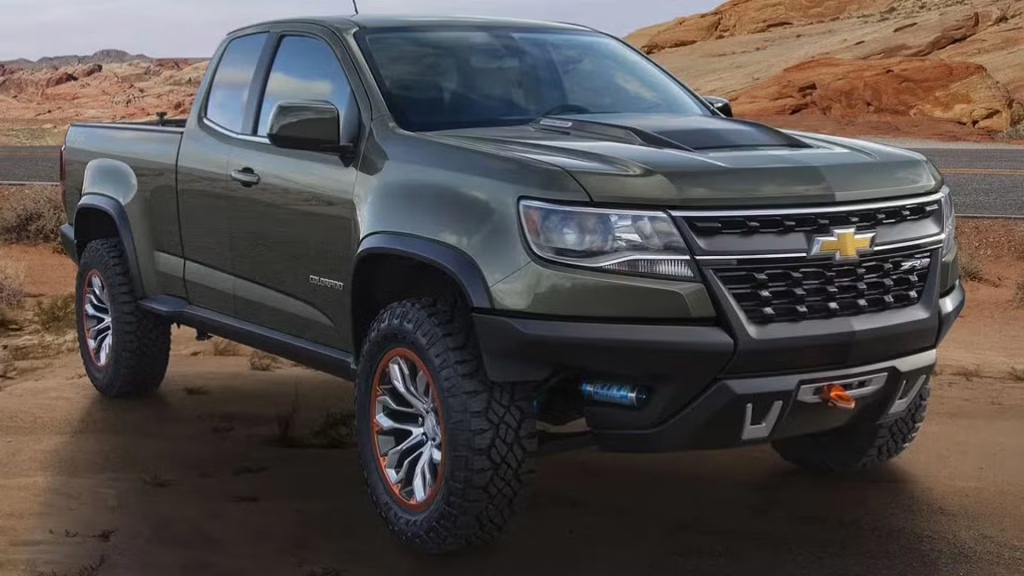
Colorado ZR2 Concept
When the Colorado ZR2 concept was unveiled at the LA Autoshow in 2014, the enthusiasm was immense. It was announced for production almost immediately, and in doing so kicked off a new opportunity for Chevrolet with off-road performance. While Corvettes and Camaros dominated road courses and drag strips Chevrolet, and GM overall, had minimal presence in the off-road space that it once enjoyed with Hummer. The ZR2 was segment exclusive as no other midsize truck offered the level of capability it promised. The truck that revitalized the midsize truck segment was about to do it again.
The mid-2010’s brought a strong interest in off-road exploring. Camping, hiking, mountain biking, off-road driving “wheeling”, and the new “overlanding” trend became top of mind for many consumers, and with economic recovery well underway, they were ready to buy new vehicles for these activities. The new Colorado and ZR2 provided the ideal blank canvas on which to build a fantastic off-road and adventure vehicle, and GM capitalized on that in spades. With a very robust accessory portfolio enabling buyers to personalize their trucks at delivery, the Colorado often garnered the strongest accessory sales of any vehicle in the Chevrolet portfolio. Market share continued to grow and by taking a note from the FCA playbook on special edition vehicles, the Colorado product lifecycle plan started to draw on its robust accessory portfolio to keep the truck fresh and appealing to customers year after year.
Quick to market when others can’t
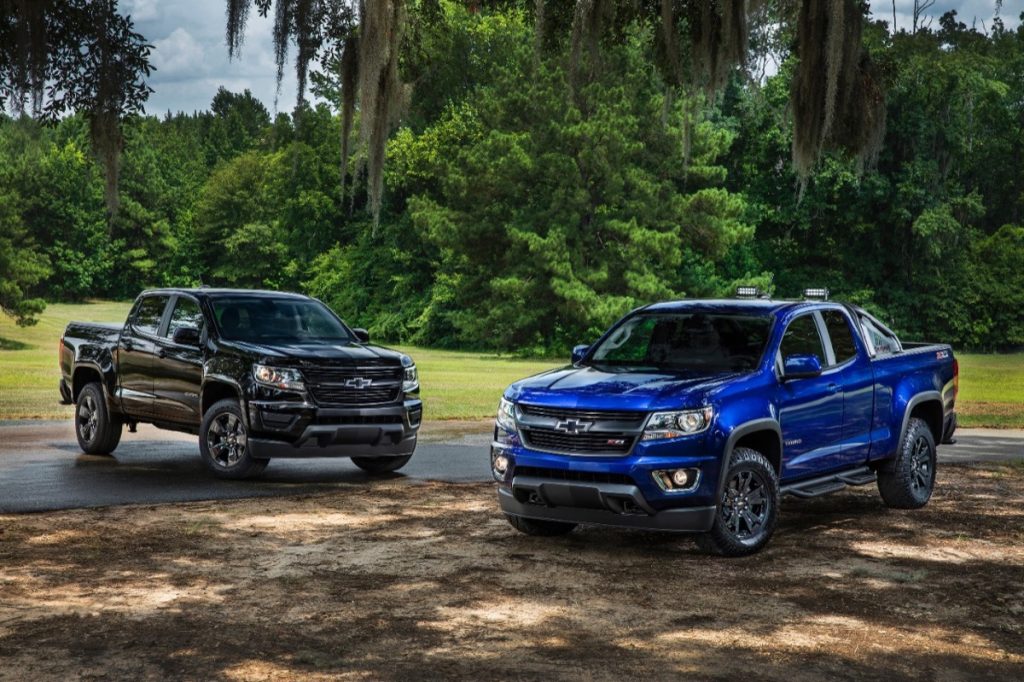
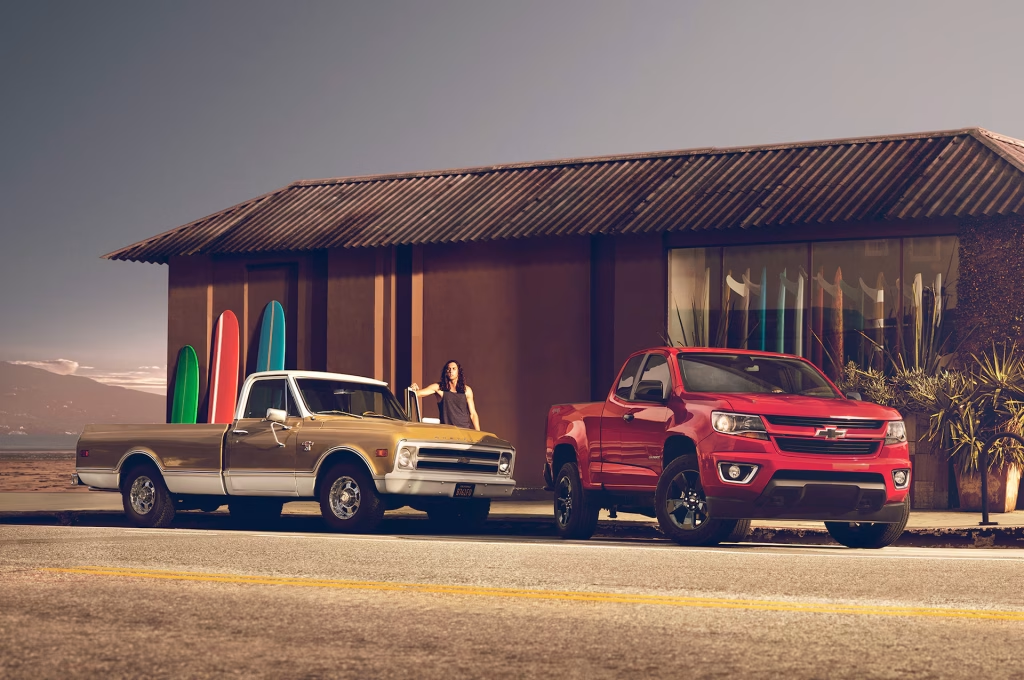
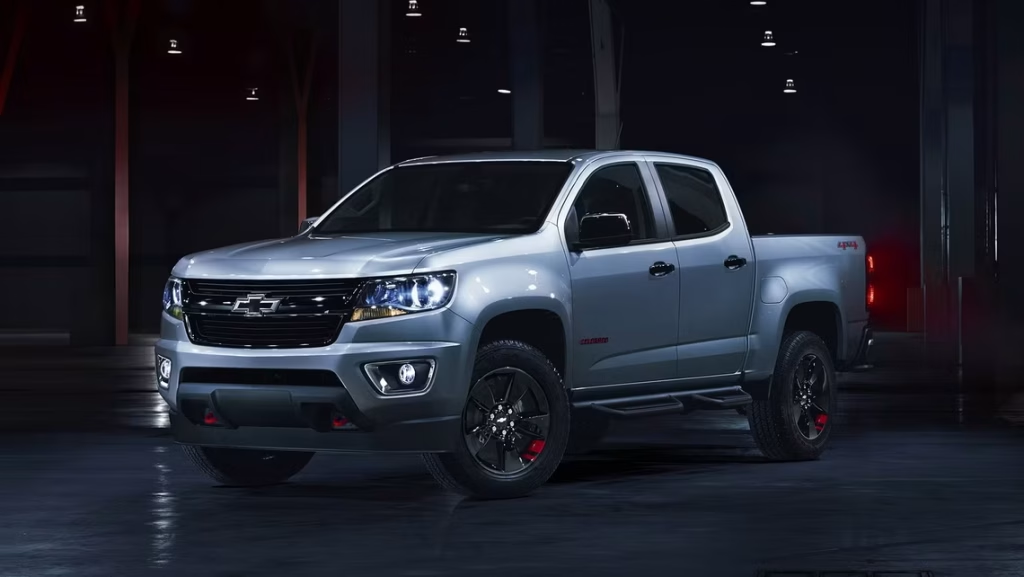
In passionate segments like midsize trucks, customers want something unique. Something that not everyone else has or can have. As a product manager, it’s immensely difficult to predict customer preferences and trends, which makes product management for automotive particularly difficult because it takes many years to develop new features that are ready for prime time. A robust portfolio of personalization opens “accessories” that are installed at the dealer enables quick personalization, and when bundling groups of accessories into easy to order special editions, the product manager is only limited by their imagination. This enables the ability to quickly try out new sub-brands or field new trim ideas in the market before committing precious investment dollars.
In 2017, there were 4 new special editions of the Colorado. Midnight, Trailboss, Shoreline, and Redline. Three of the 4 ended up persisting, with the Trailboss eventually becoming its own trim on the 3rd generation Colorado (after it became a trim on the Silverado). All of which were unique bundles of accessories or plant installed content that offered the ultimate selection of unique options to the buyer. The Midnight and Redline performed well, turning quickly on dealer lots and proving strong profitability. The Trailboss and the Shoreline however, were slow to turn. The Trailboss was a very expensive bundle of accessory parts that didn’t particularly add much capability, driving the cost higher than customers were willing to spend. The Shoreline was an attempt to boost extended cab body style volume, a limited market to begin with. Lessons learned: There’s a sweet spot for cost, and extended cabs are niche buyers. Also, maybe 4 were too many?
Always keep pushing the boundaries
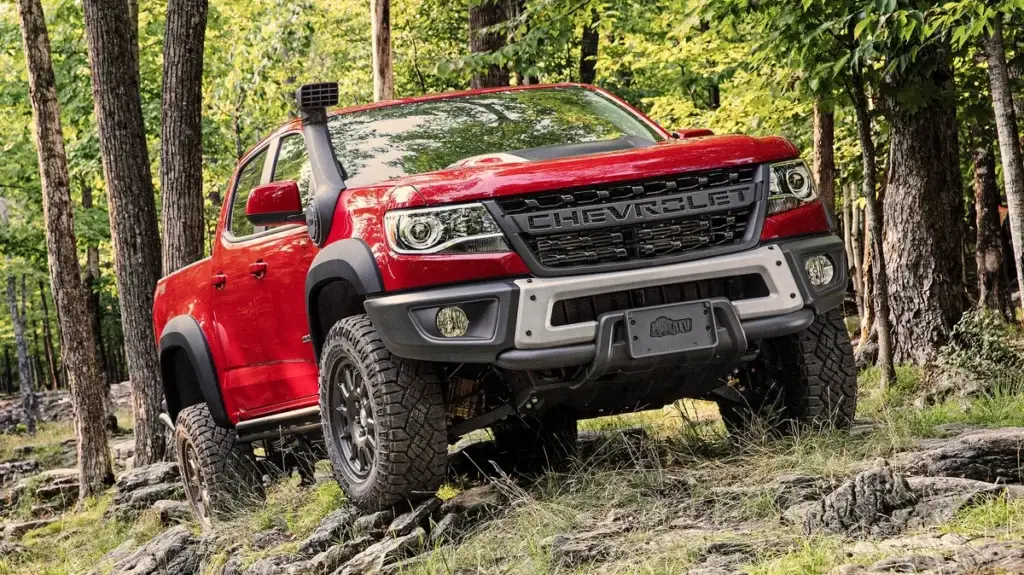
When the ZR2 launched in 2017, sales performance was fantastic. It exceeded initial sales forecasts and drove increased passion for the brand among buyers. With this being a relatively new space for Chevrolet, we recognized the need to keep the product fresh and enticing to customers. While the previous experience with the Trailboss special edition proved to be a flop due to the cost for equipment that didn’t add capability, what if we built a version that added extreme capability to the ZR2, while capitalizing on the burgeoning overlanding market taking Instagram by storm?
American Expedition Vehicles “AEV” had built a name for themselves by building OEM-quality off-road parts for Jeeps. With a desire to expand their brand beyond Jeep, Chevrolet and AEV joined forces to build a new kind of off-road pickup. One that has aftermarket levels of extreme appeal and off-road capability, directly from a Chevrolet dealer with a warranty. By leveraging AEV’s prowess for building epic off-road parts and brand cachet, the Colorado ZR2 Bison brought the Chevrolet brand into a new world of off-road enthusiasm. Featuring front and rear e-lockers (class exclusive), hot stamped boron steel skid plates along the entire underside, steel rear and front bumpers, the latter of which capable of mounting a winch to, the new Bison was an immediate hit.
Building the Bison was no small feat, learn about it here
The special edition train continued to roll too, keeping what was an overall aging truck fresh and top of mind with customers. Even better, it allowed us to test new concepts in the market to influence the new truck that was kicking off development. With a 5 year development cycle and a goal of launching in 2023, the next generation Colorado began development in 2018. I was the accessory brand manager at the time and with the success of special editions and personalization, I wanted to push the largest accessory portfolio possible for the new truck and get it all at launch. We managed to allocate $100m for the new portfolio, which opened up a world of possibilities.
With an accessory portfolio based on customer trends in the aftermarket established in advance, the next truck could be designed to easily integrate and install the parts. Not only does ease of install impress customers, but it drives an improved bottom line when paying less for parts installation at the dealer.
